Are you curious about ancient civilizations and archaeological finds? Here are the archaeology museums you must see in Thuringia:
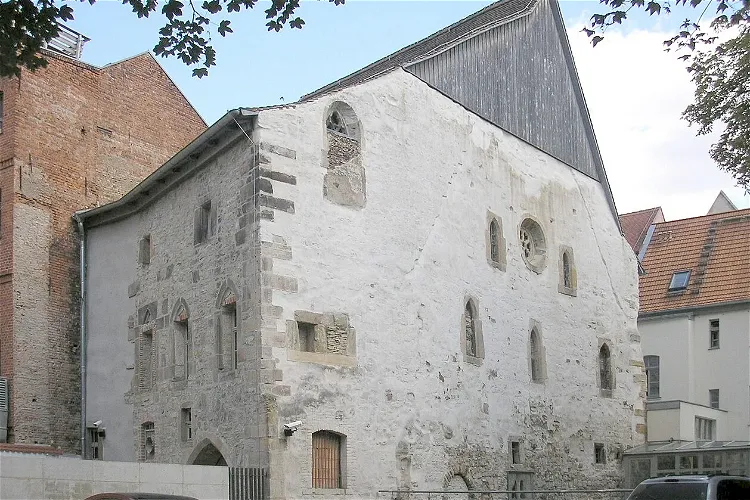
Old Synagogue
ErfurtThe Old Synagogue in Erfurt, with its age of over 900 years, holds the distinction of being the oldest preserved synagogue in Europe. This former synagogue is a testament to the rich Jewish history of the region and offers a unique glimpse into the past. Its location in the heart of Erfurt's old town adds to its historical charm and significance.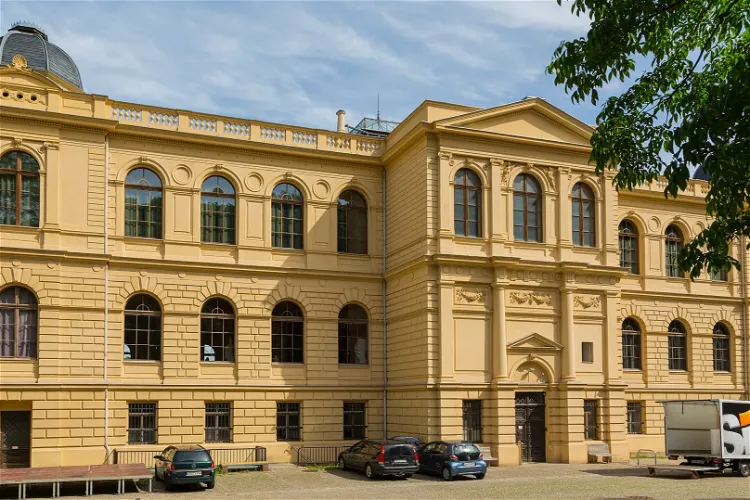
Lindenau-Museum
AltenburgThe Lindenau-Museum is renowned for its extensive collection of Italian paintings from the late Gothic and early Renaissance periods, dating from the 13th to the 15th centuries. This collection is one of the largest of its kind outside Italy, making the museum a significant destination for art enthusiasts and historians alike.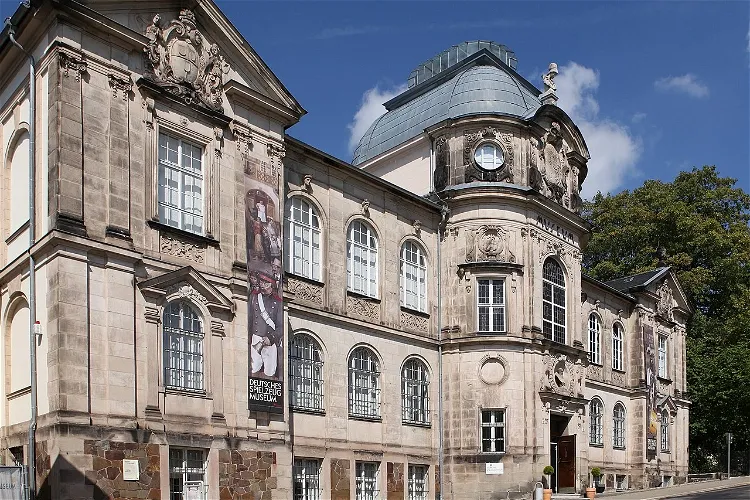
Deutsches Spielzeugmuseum
SonnebergThe Deutsches Spielzeugmuseum, located in Sonneberg, Thuringia, was established in 1901 by teacher Paul Kuntze. This museum, being the oldest toy museum in Germany, holds a significant place in the country's cultural and historical landscape.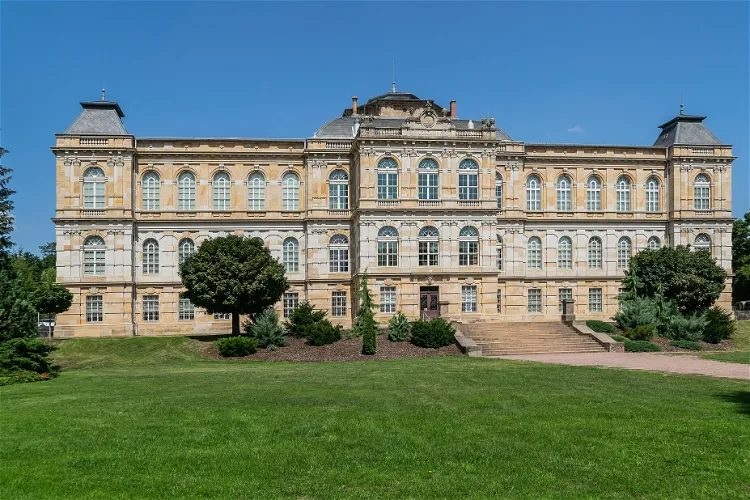
Herzogliches Museum
GothaThe Herzogliches Museum Gotha is a 19th-century museum building located opposite Schloss Friedenstein. It is designed in the style of the Neo-Renaissance, offering a unique architectural experience for visitors. The museum's location and design make it a significant landmark in the area.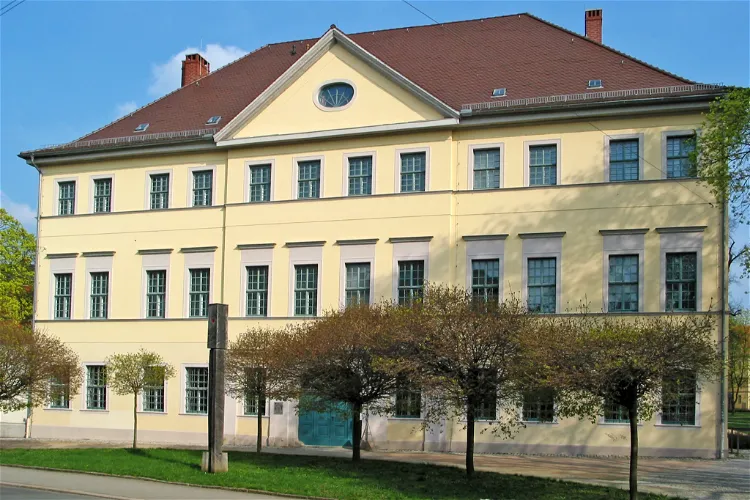
Museum of Prehistory and Early History of Thuringia
WeimarThe Museum für Ur- und Frühgeschichte Thüringens in Weimar is a unique institution that combines a museum with a 1000 m² exhibition area and the Thuringian State Office for Monument Conservation and Archaeology. This combination allows visitors to explore a wide range of exhibits and learn about the archaeological and historical significance of the region.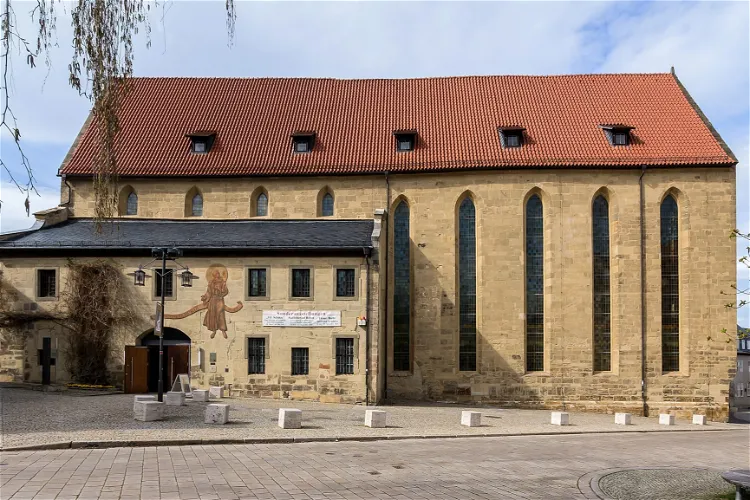
Stadtmuseum Saalfeld im ehemaligen Franziskanerkloster
Saalfeld/SaaleThe Stadtmuseum Saalfeld is housed in the former Saalfeld Franciscan monastery, encompassing the entire building complex. This means that the historical architecture of the former monastery, including its cloisters and Gothic roof truss, forms part of the exhibition. This unique setting provides visitors with a rich historical context for the exhibits on display.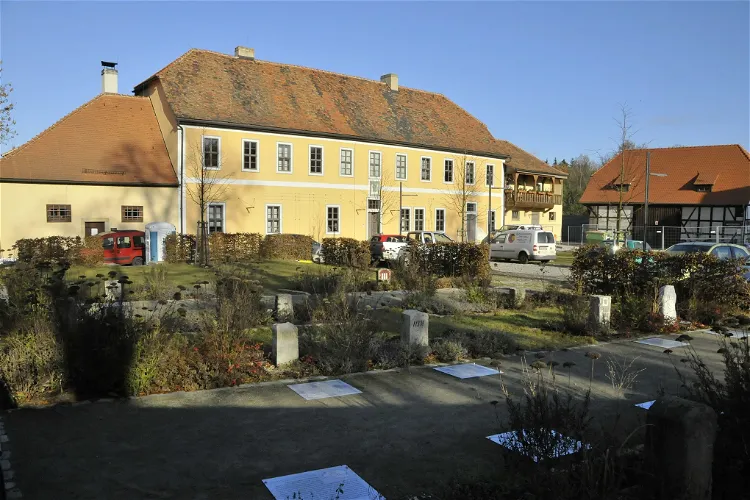
Lapidarium Willrode
ErfurtThe Lapidarium Willrode is a unique collection of historical border and boundary stones. It is situated at the Forsthaus Willrode, which is located near the Thuringian state capital, Erfurt. This collection provides a fascinating insight into the history of the region, with each stone marking the outer boundaries of historical territories.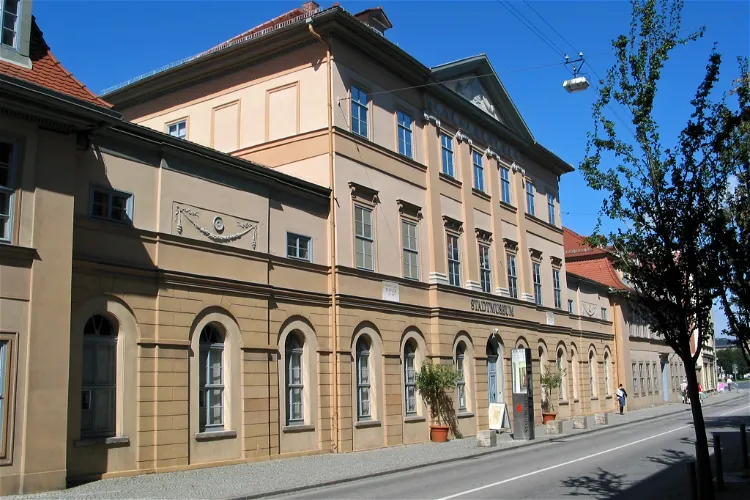
Stadtmuseum Weimar
WeimarThe Stadtmuseum Weimar, located at Karl Liebknecht-Straße 5, holds the distinction of being the first city museum in Thuringia. This museum is housed in a classicist residential and commercial building constructed between 1780 and 1803. The building is named after its builder, Friedrich Justin Bertuch, a prominent entrepreneur, writer, and publisher during Goethe's time in Weimar.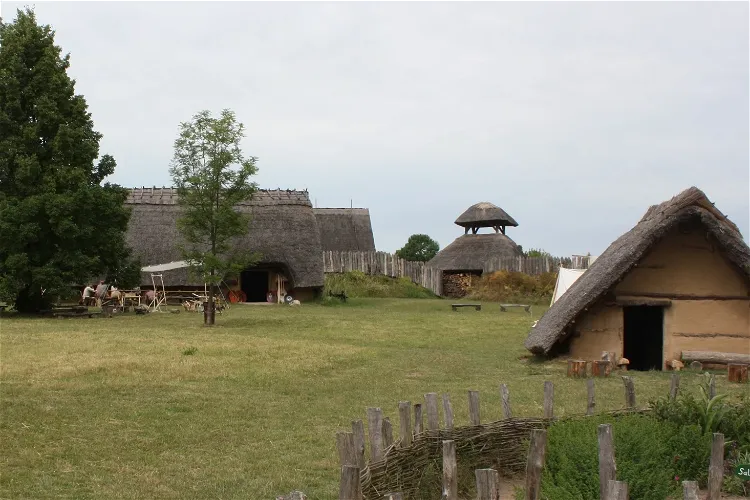
Funkenburg Westgreußen
WestgreußenThe Funkenburg Archaeological Open-Air Museum is a unique reconstruction of a Germanic fortified settlement. It is situated on a flat mountain spur on the outskirts of Westgreußen. This location offers a unique insight into the life and culture of the Germanic people who lived there between 200 BC and 50 AD.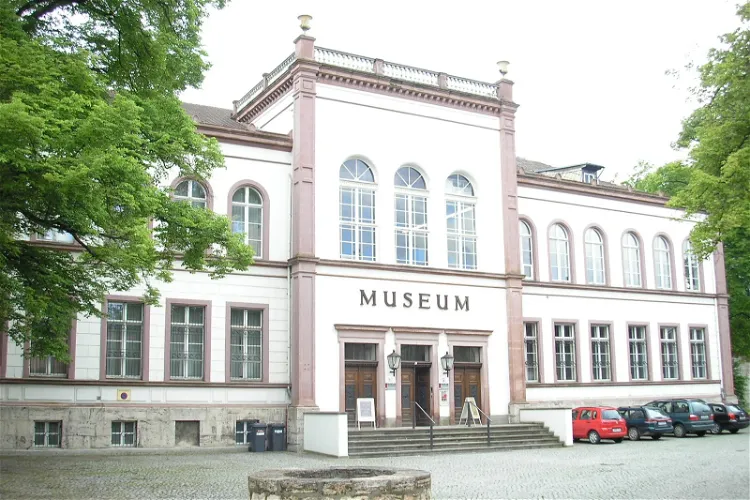
Kulturhistorisches Museum
MühlhausenThe Museum am Lindenbühl is a cultural history museum situated in Mühlhausen/Thüringen. It is housed in a Neo-Renaissance style building that was built between 1818 and 1871 as a gymnasium. Since 1947, it has been home to a regional history museum.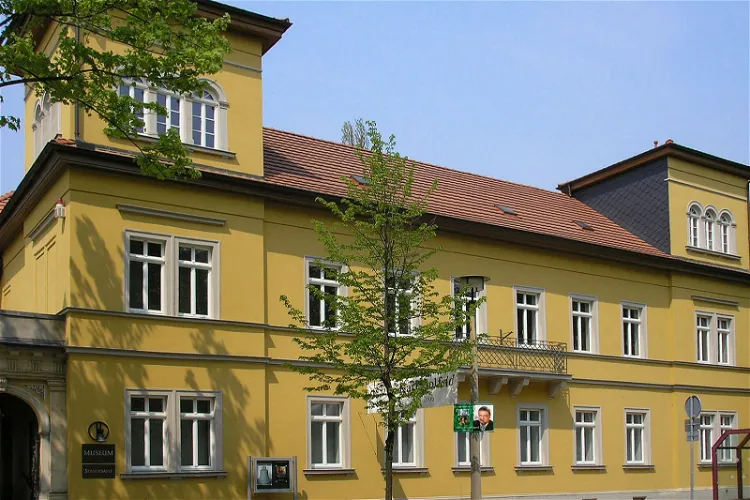
GlockenStadtMuseum
ApoldaThe Glockenmuseum and the Stadtmuseum are both located in a neoclassical factory owner's villa in Bahnhofstraße, Apolda. This historical building provides a unique setting for the museums, adding to the overall experience of the visitors.
Steinsburgmuseum
WaldhausThe Steinsburgmuseum, located in the Waldhaus district of Römhild, is a museum dedicated to the prehistoric and early history of South Thuringia. It is a branch of the Museum for Prehistoric and Early History Thuringia. This museum offers a unique opportunity to delve into the rich history of the region, providing a comprehensive overview of the prehistoric and early historical periods of South Thuringia.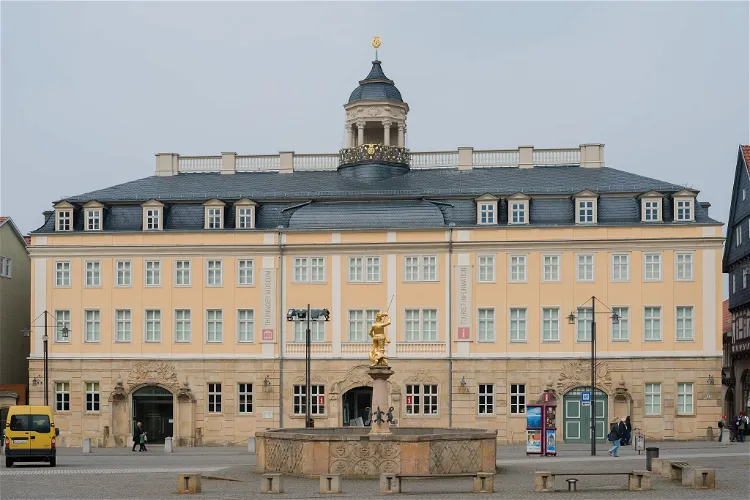
Thüringer Museum Stadtschloss
EisenachThe Thuringian Museum Eisenach is a state museum dedicated to the art and cultural history of Thuringia, as well as the history of the city of Eisenach. It offers a comprehensive collection that provides insights into the region's rich history and cultural heritage. The museum is an integral part of the Thuringian Porcelain Road, a route that connects various locations known for their porcelain production.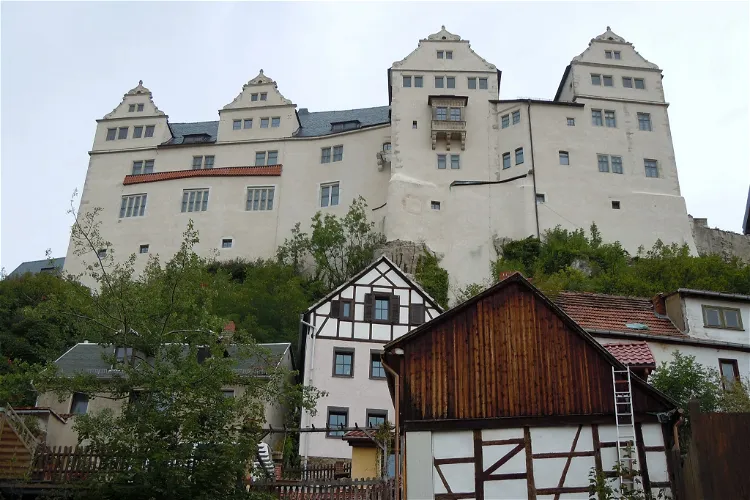
Museum Burg Ranis
RanisBurg Ranis is a castle situated on a ridge near the Thuringian city of Ranis, a short distance from Pößneck. This location offers a unique vantage point and a scenic view of the surrounding area, making it an interesting destination for tourists who appreciate historical architecture and natural beauty.
Heimatmuseum Meuselwitz
MeuselwitzThe Heimatmuseum Meuselwitz, located in the town of Meuselwitz in Thuringia, was inaugurated on December 6, 1996. The museum is housed in two old half-timbered houses, which were formerly a weaving mill, at Neugasse 1 and 3. These buildings are situated near the Martinskirche, adding to the historical charm of the location.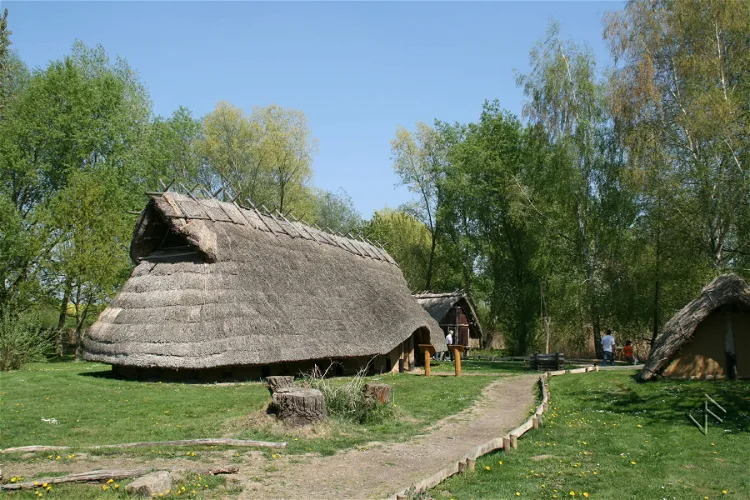
Opfermoor Vogtei
VogteiThe Opfermoor of Niederdorla, also referred to as Opfermoor Oberdorla and Opfermoor Vogtei, is a significant prehistoric cult site. It is situated in a flat lake to the north of Niederdorla in the Thuringian Unstrut-Hainich district. This site offers a unique glimpse into the past, providing an opportunity to explore the cultural and religious practices of ancient civilizations.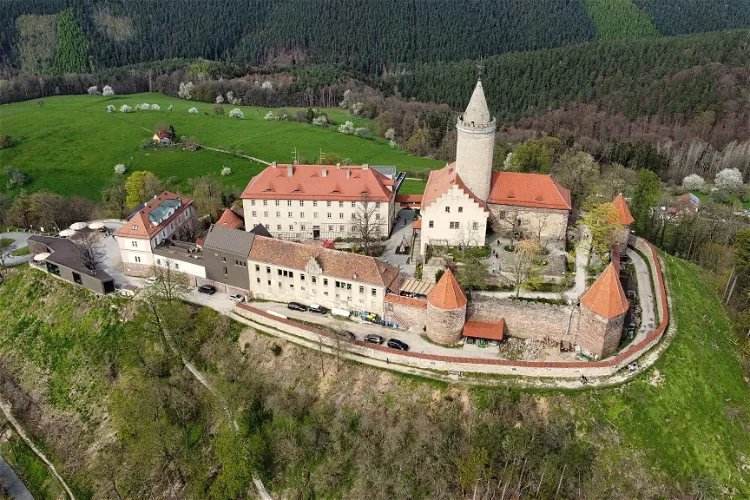
Museum Leuchtenburg
SeitenrodaLeuchtenburg is a castle situated in Seitenroda, Thuringia. This castle, known as the 'Queen of the Saale Valley', is a popular tourist destination. It offers a panoramic view of the Middle Saale Valley and the Thuringian Woodland from its location on a visible mountain cone with a height of 395 meters above sea level. The castle has a long and varied history, serving as a medieval administrative seat, a poorhouse, a madhouse, and a prison. It has been used for tourism since the late 19th century.